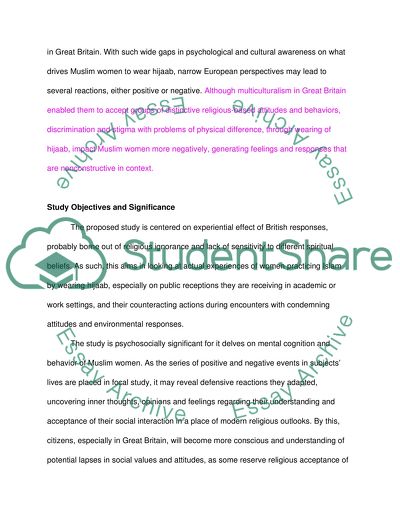Cite this document
(“Muslim Womens Experience on Wearing Hijaab in British Society Dissertation”, n.d.)
Retrieved from https://studentshare.org/gender-sexual-studies/1414984-muslim-womens-experience-on-wearing-hijaab-in-british-society
Retrieved from https://studentshare.org/gender-sexual-studies/1414984-muslim-womens-experience-on-wearing-hijaab-in-british-society
(Muslim Womens Experience on Wearing Hijaab in British Society Dissertation)
https://studentshare.org/gender-sexual-studies/1414984-muslim-womens-experience-on-wearing-hijaab-in-british-society.
https://studentshare.org/gender-sexual-studies/1414984-muslim-womens-experience-on-wearing-hijaab-in-british-society.
“Muslim Womens Experience on Wearing Hijaab in British Society Dissertation”, n.d. https://studentshare.org/gender-sexual-studies/1414984-muslim-womens-experience-on-wearing-hijaab-in-british-society.


